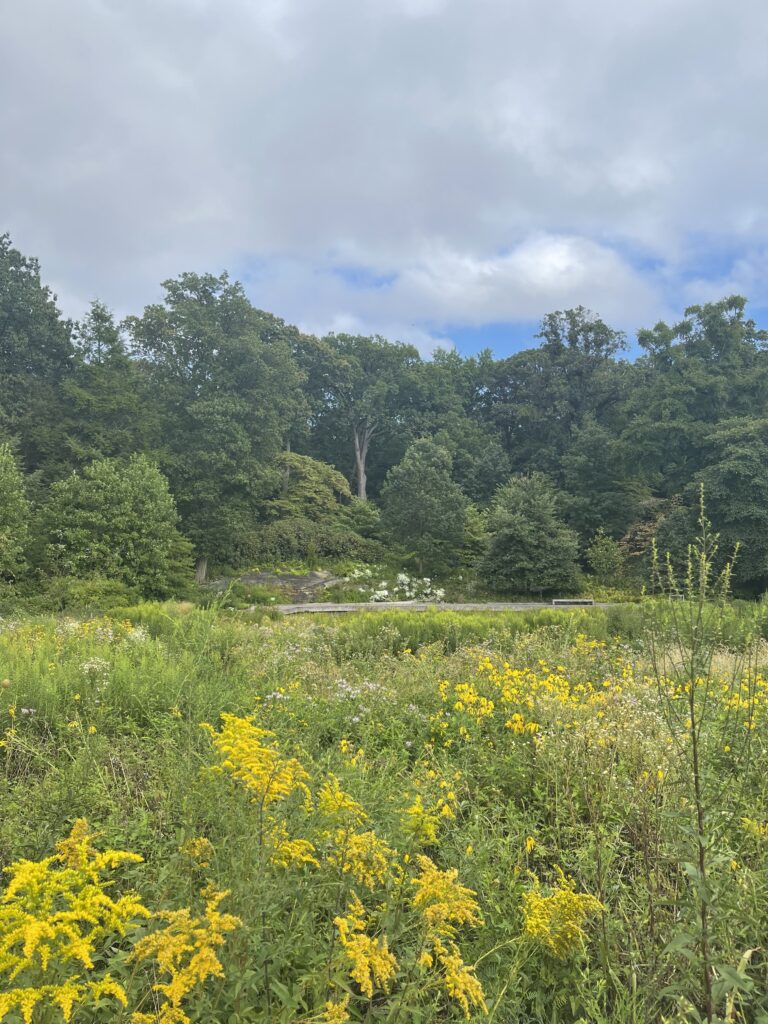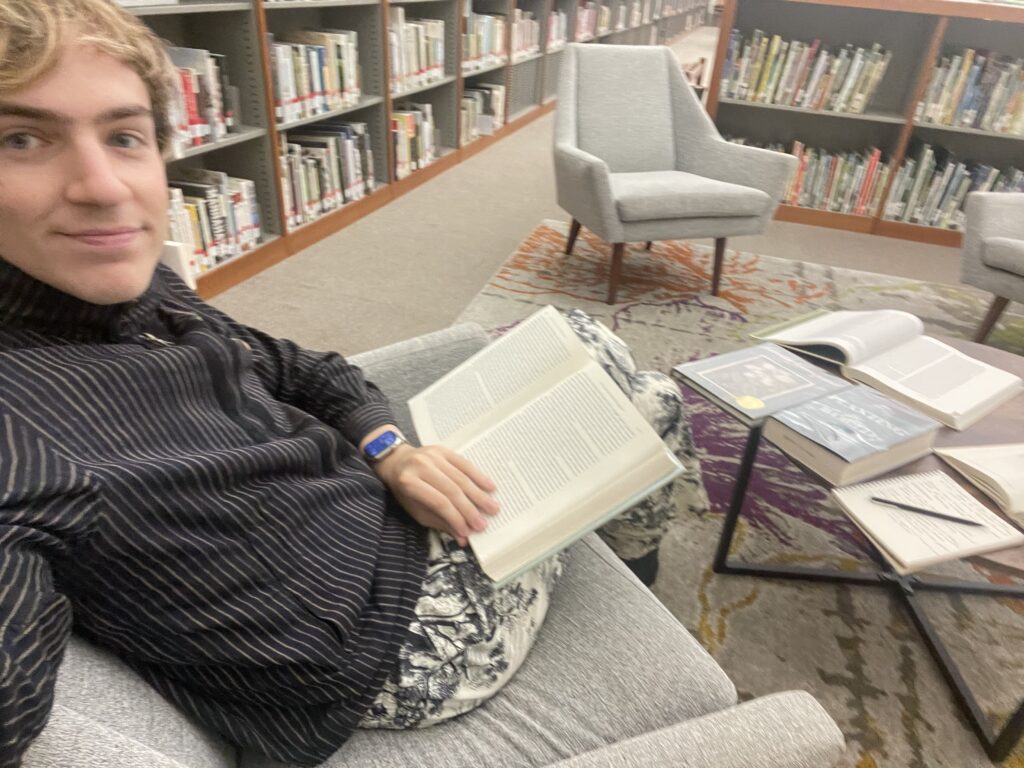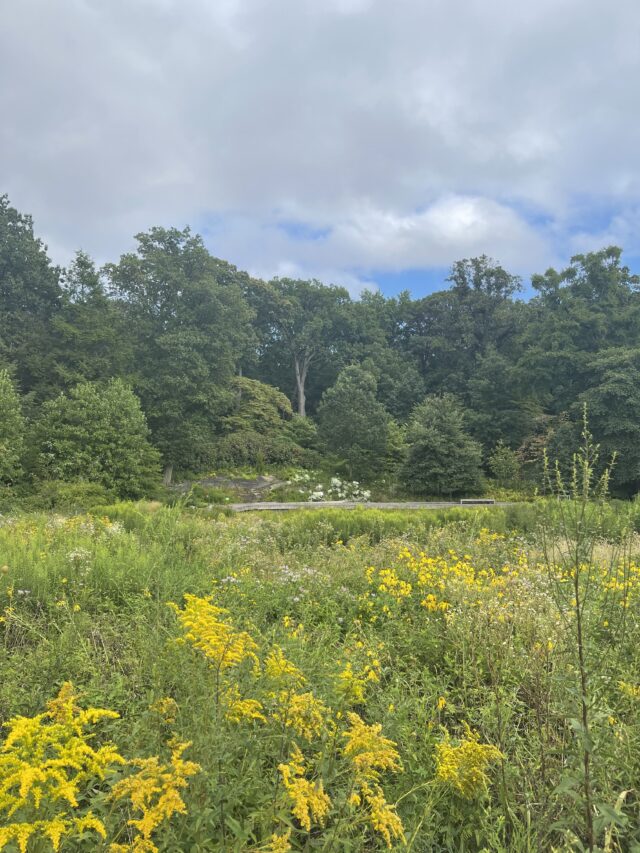I am incredulous that the summer is winding down already, and that our research cohort is coming to a close. It has been such an enriching experience so far, and I have been so thrilled to watch my research ebb and flow and blossom into what it currently is. I have spent many beautiful weekends at the NYBG, as well as some lovely days at the BBG and QBG.
Some scholars that have been adding some final breadth to my research have been the collective work of Anatole Tchikine, Yota Batsaki, and Sarah Burke Cahalan. They wrote and compiled an anthology called The Botany of Empire in the Long Eighteenth Century, which has been wonderfully helpful in culturally situating this immense history in various parts of the world. One chapter in particular was Tchikine’s Echoes of Empire, which studied the emergence of “orti agrari” in Tuscany during the mid 1700s. These “orti agrari,” or economic gardens, is an important example in understanding the shift in traditional taxonomic botany from “an encyclopedic compendium of the vegetable kingdom of nature” to providing greater efficacy in “exploiting the productive potential of a few selected varieties.” It was this very shift that marked a departure from botanic to agronomic, and this exploitation of plant life, Tchikine argues, coincides with the exploitation of human lives. This understanding is imperative to breaking down the plantocracies that came to dominate colonial economies.
Using this understanding, the work of Judith Carney has also been very inspiring for me. Her book, In the Shadow of Slavery, captures the social ramifications of the late years of the transatlantic slave trade. One chapter in particular called Botanical Gardens of the Dispossessed was an incredibly enlightening account of how native plants and seeds to central and west Africa were brought to the New World, along with the indigenous knowledge of how to care for them. All of this was stolen and capitalized on by plantocratic stakeholders, and had a huge impact on the nascent economy and botanical exports of the United States.
I hope to continue this research into the fall, and intend on incorporating it into a senior project along with my findings from last year’s research. I’d love to connect the dots between my two projects in some way and fuse them together into a broader piece of research on the vestiges of subjugation within modern institutions and infrastructure.


